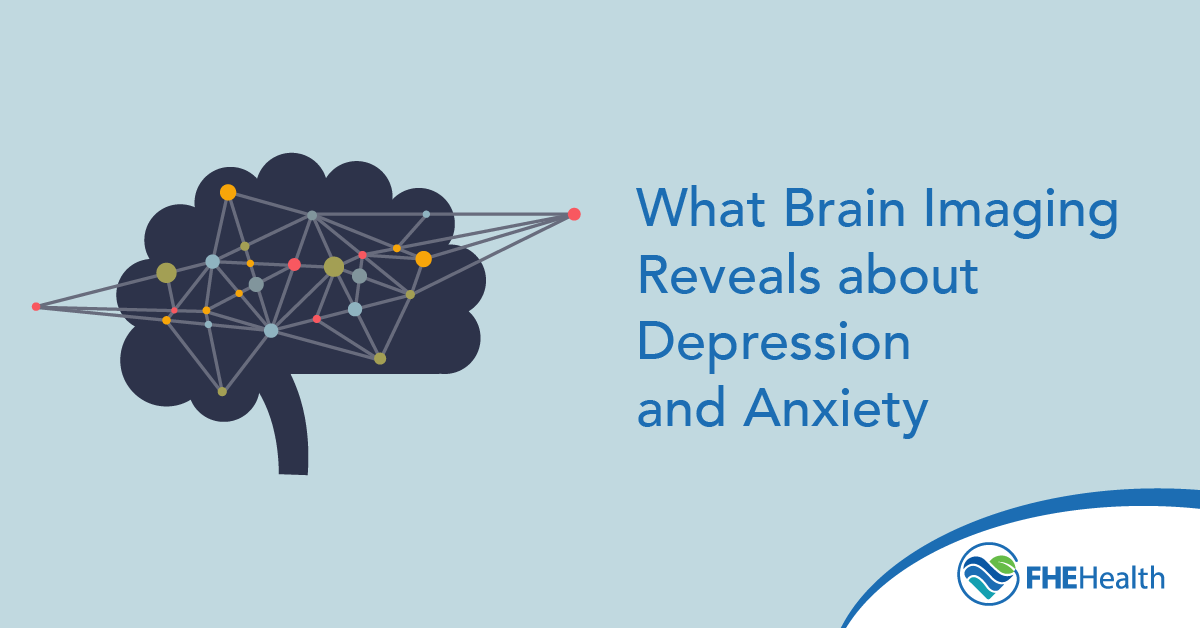
Treatment-resistant depression (TRD) affects over 100 million people globally. This form of depression, along with anxiety, can now be successfully treated using neurotherapy. This groundbreaking approach is noninvasive and uses relatively low-cost depression brain scans to reveal areas influenced by these conditions. Therapists monitor parts of the brain impacted by mental illness and, for the first time, can establish a form of biofeedback. Using this information, they can monitor your response to neurotherapy treatment and help reduce your symptoms of depression and anxiety.
Understanding Brain Imaging Techniques
Various brain imaging techniques allow medical specialists to obtain a picture of the brain. Using these scans, they can diagnose neurological disorders with a high degree of accuracy. Common imaging techniques used to check brain functions include:
- CT scan. A computerized tomography scan takes multiple X-rays to create a detailed cross-sectional image of the brain and other organs. CT scans are mainly used to detect fractures, internal bleeding and tumors.
- MRI. Magnetic resonance imaging uses strong magnetic fields to scan the body and create images of the organs. MRI scans are particularly effective for creating detailed soft tissue images of the brain.
- fMRI. A functional MRI scan tracks blood flow in the brain, allowing doctors to monitor neuron activity in different areas.
- PET. Performed in a machine similar to a CT scanner, a positron emission tomography scan uses a radioactive tracer to monitor the flow of blood to various parts of the brain. These scans identify areas of the brain damaged by disease or injury.
- SPECT. Single-photon emission computed tomography is a variation of the PET scan that uses radioactive tracers to monitor the flow of blood through the body. The technique offers similar capabilities to an fMRI.
- EEG. An electroencephalogram uses small electrodes attached to the scalp to measure electrical activity in the brain. The EEG detects the electrical pulses created as brain cells communicate.
Why EEG Is Helpful for Mental Health Issues
Unlike other scans performed inside a large machine where you must be completely still, an EEG can be done while sitting, resting or performing an activity. A particular benefit of an EEG is that the electrical impulses measured can be correlated with your mental and emotional states. This makes an EEG a useful tool for diagnosing conditions such as depression and anxiety.
Creating an Overall Picture of the Brain With qEEG
The main disadvantage of an EEG is that each signal is recorded as a trace on a screen or chart rather than providing a complete picture of the brain. Quantitative electroencephalograms (qEEG) overcome this difficulty by using machine learning algorithms to create a digital map of the brain.
Key Brain Changes in Depression
When someone is severely depressed, the structure of their brain changes. This confirms what psychologists have long believed: Depression is a disease. Doctors can detect differences in specific areas during a depressed brain vs. a normal brain scan, including:
- Hippocampus. Responsible for memory, learning, and visual-spatial memory, the hippocampus is usually smaller in depressed people.
- Amygdala. This part of the brain regulates emotional responses. It’s strongly activated by highly emotional memories and controls the fight-or-flight response. Research has shown a direct link between feelings of clinical depression and high amygdala activity.
- Basal ganglia. Believed to facilitate movement and the processing of emotions, this group of structures often shrinks in people who are depressed.
Key Brain Changes in Anxiety
As with depression, the brain of someone suffering from an anxiety disorder shows changes in certain areas. These include:
- Hippocampus. This structure is often smaller, and its activity levels are lower.
- Amygdala. The amygdala is hyperactive in people who have severe anxiety disorders. This, in turn, aggravates fear responses.
- Prefrontal cortex. This structure controls cognitive function and is affected by anxiety. The changes are believed to be responsible for the excessive worry, fear and anxiety experienced by sufferers.
- Insula cortex. Believed to control cognitive functions, self-awareness, and social interactions, this cortex goes into overdrive in people suffering from an anxiety disorder. The hyperactivity helps cause the palpitations and shortness of breath experienced by these individuals.
- Neurotransmitters. These chemical messengers of the brain behave differently in people with anxiety disorders.
Implications for Diagnosis and Treatment
Usual methods of diagnosing depression and anxiety are somewhat subjective and rely on an assessment of your symptoms. By using EEG brain mapping, a therapist can take the diagnosis further and identify tangible indications of depression and anxiety.
A Depression Brain Scan Helps Diagnose Mental Health Issues
This is possible because a depressed vs. normal brain shows different levels of activity and behavior in the amygdala, insular cortex, and neurotransmitters. Other indications include changes in the size of the hippocampus and basal ganglia.
Treating Depression and Anxiety
Neurostimulation therapy is used to help restore normal neural activity in the brain. This noninvasive treatment method uses minute electromagnetic pulses to stimulate neurons in specific regions of the brain. Another technique is neurofeedback training, which provides feedback during therapy and helps train your brain to fight depression and anxiety.
Measuring Progress
EEG and qEEG depression brain scans allow therapists to monitor changes in the brain during therapy. They use these tools to track the progress of your treatment. They may confirm the results using traditional methods, such as the anxiety measurement GAD7 and the standardized depression measurement PHQ-9.
Future Directions in Mental Health Imaging
Research has shown that the brain exhibits measurable changes in people with depression or anxiety. Research is ongoing to discover biomarkers in the brain that more conclusively show specific mental conditions. Suggestions include integrating EEG with other forms of brain scans and developing standardized protocols. This would make it possible to use EEG-based biomarkers for the early diagnosis and treatment of depression and anxiety.
Other possibilities are the use of event-related potentials (ERP) to measure how the brain responds to stimuli and the integration of machine learning (AI) algorithms to improve diagnostic accuracy.
Choosing Neurotherapy for Depression
If you’re struggling with treatment-resistant depression or a severe anxiety disorder, neurotherapy treatment may provide relief. At FHE Health, our neuroscience treatments, including EEG brain mapping, neurostimulation therapy and neurofeedback training, can help speed recovery from depression and anxiety. Contact us now to see if a brain scan for depression or anxiety is right for you. Our counselors are available 24-7.






